Travel Tips
Written by Lindsay Krause
One of Africa’s most alluring countries, Ethiopia’s epic landscapes and rich ancient cultures are enough to convert even the most discerning traveler. Located in the horn of Africa, Ethiopia is home to the towering Simien and Bale Mountains, dramatic dips of the Great Rift Valley and the crashing waters of the Blue Nile Falls. Believed to be the birthplace of humankind and early Christian civilizations, Ethiopia’s ancestors have left behind many historical wonders to be explored from the rock churches of Lalibela to the archaic castles of Gonder. For the intrepid traveler, Ethiopia’s mix of ancient culture and unparalleled natural beauty calls out to the those looking to get active and venture off-the-beaten-track.
Ethiopia is the only African country never to be colonised and allows visitors to experience Africa in its most authentic form. A country of basic means, Ethiopia’s developing infrastructure has started to encourage tourists to visit this undiscovered land. To us, Ethiopia’s imperfections are all part of the adventure. To help you avoid any ‘bumps’ in the road on your Ethiopia adventure, we have compiled a list of Ethiopia travel tips to ensure you’re always in the know on the latest news in Ethiopian travel.

All foreign nationals require a visa to visit Ethiopia but the good news is that they are easily attainable from your local Ethiopian embassy. No embassy in your area? No need to worry, a single-entry, 1 to 3 month tourist visa can be purchased on arrival at the Addis Ababa Bole International Airport.
Expert insight: Make sure to have US dollars, 2 passport photos and proof of your onward journey out of the country to avoid any mishaps for your visa on arrival.
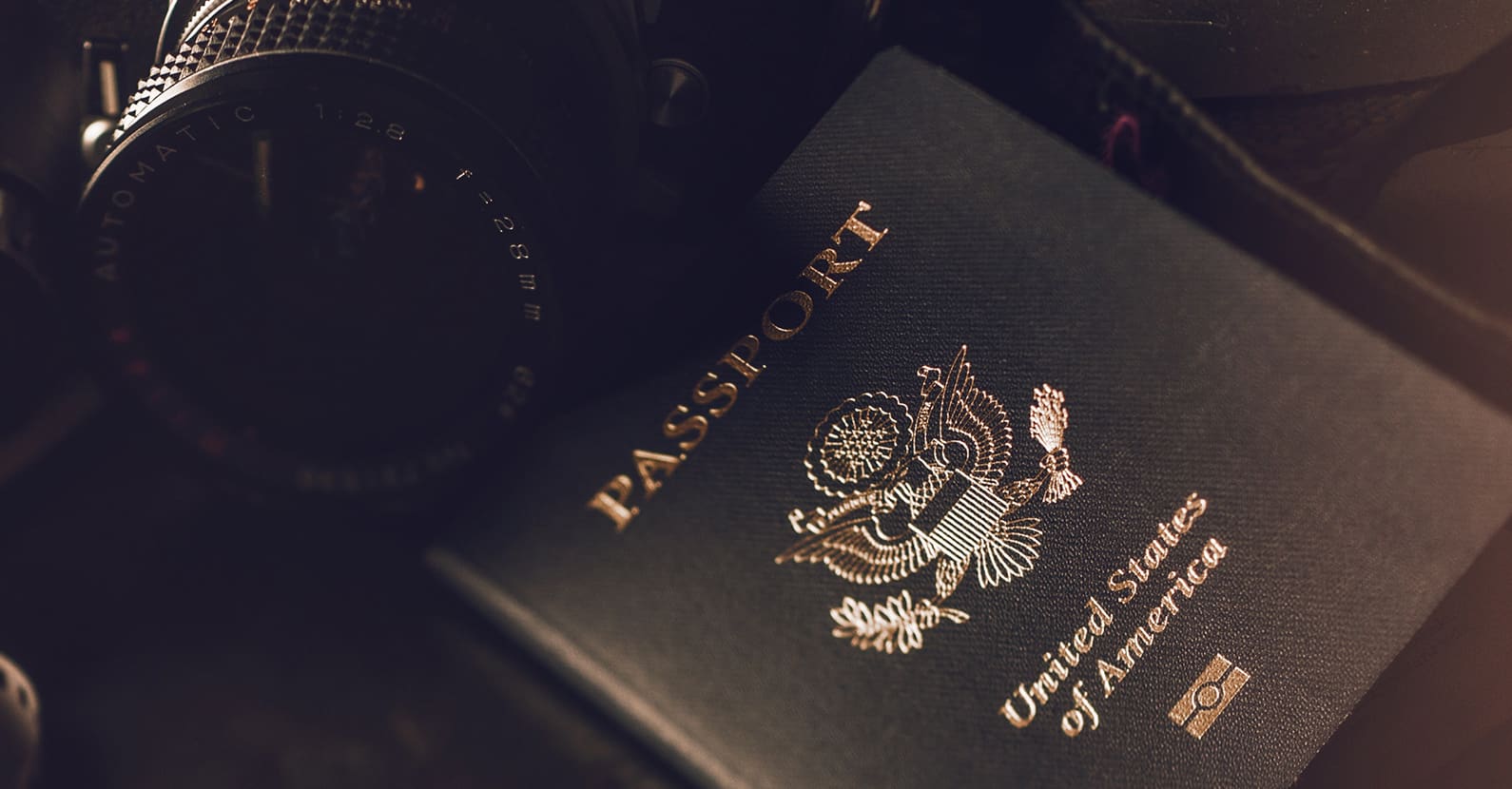
Although there are no compulsory vaccinations for Ethiopia, we recommend visiting a clinic prior to your trip. Make sure to receive a shot for typhoid, polio, hepatitis A, as well as a Yellow Fever immunization. If you’re traveling from an affected area, you might be required to show your Yellow Fever certificate as proof of vaccination at the airport, or it is a possibility you can be denied entry. Although Ethiopia is considered to be a low-risk area for malaria, it is necessary to take precautions and purchase anti-malaria medication prior to your trip.
To be on the safe side, we always recommend investing in travel and health insurance and our Adventurists at Ker & Downey® Africa will be happy to recommend a provider before your departure.
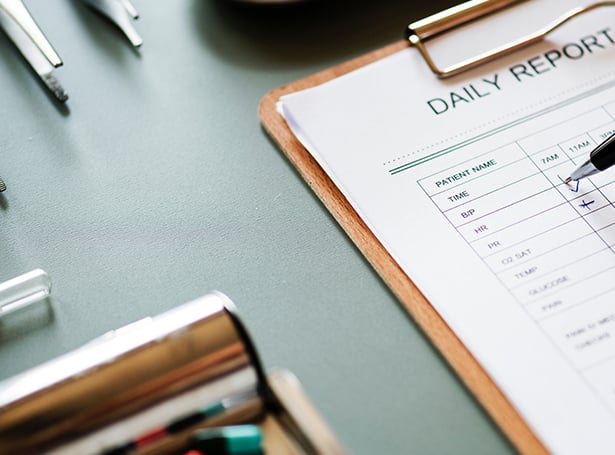
The official currency of Ethiopia is the Birr and it is necessary to have it on hand to pay for most hotels, tours and meals. US dollars are easily exchangeable at local banks and foreign exchange bureaus. From our experience cash is always king, as cards are rarely accepted around the country, including most ATM machines. Therefore we do not recommend relying purely on a credit card to get you around.

The best time to travel to Ethiopia is highly dependent on what you are planning to include in your itinerary. High season runs between January and March where you can expect sunny skies and great wildlife viewing. The high season is also host to two of Ethiopia’s most colourful festivals – including Timkat an Orthodox Tewahedo celebration of Epiphany.
Expert insight: During this time, hotels can book out fast so make sure to book accommodation long in advance to avoid disappointment.
The Shoulder season, from October to December, promises fewer visitors, clear skies, wildflowers abloom, teeming birdlife and ideal trekking conditions. Avoid the rainy season between the months of June and September as visibility is often poor and getting around can be challenging.
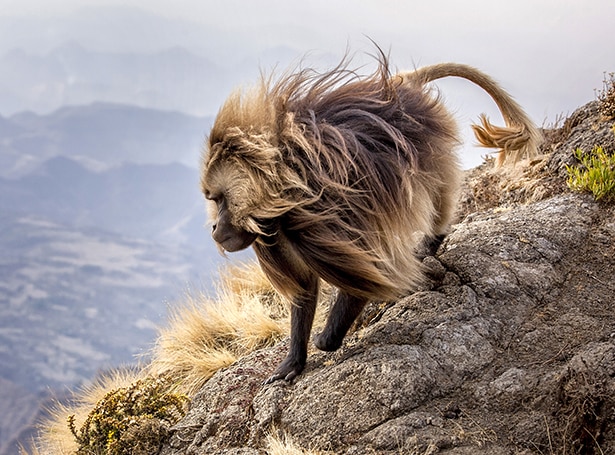
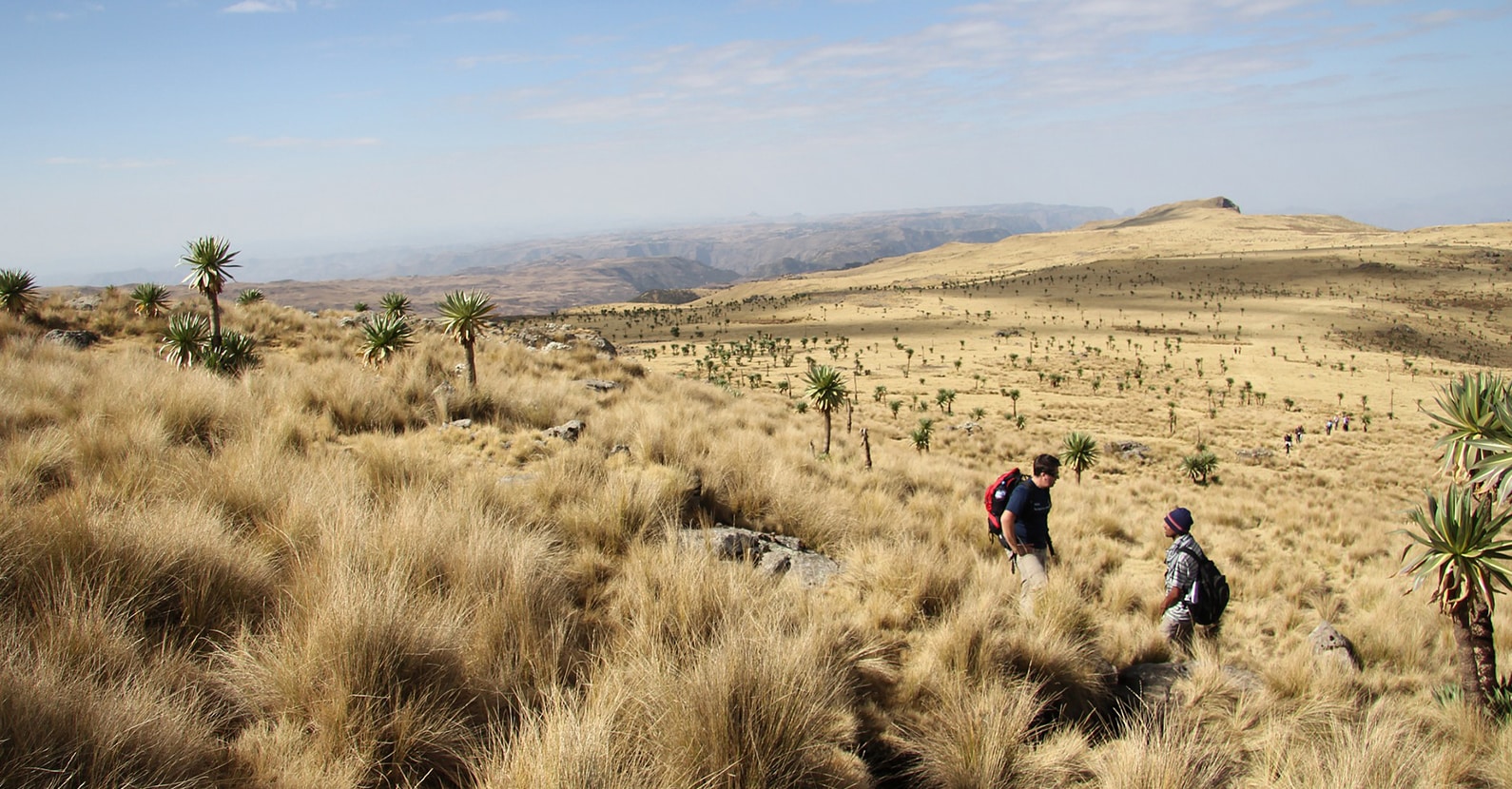
The varying climate of Ethiopia calls for lightweight layers, wide brim hats and lots of sunscreen. If you’re planning to trek through the Simien Mountains, make sure to prepare for cold temperatures at night and pack accordingly. It is important to always dress respectfully in Ethiopia, especially in areas of worship. For women, we recommend bringing along a pashmina or sarong to help you cover up and, as a bonus, protect you from the sun. To avoid unwanted insect bites on your travels, cover up and always carry insect repellent.
Expert insight: Avoid wearing the colour blue as it attracts tsetse flies, which carry sleeping sickness. Although it is not common to catch this sickness, we firmly believe in the phrase- rather safe than sorry!
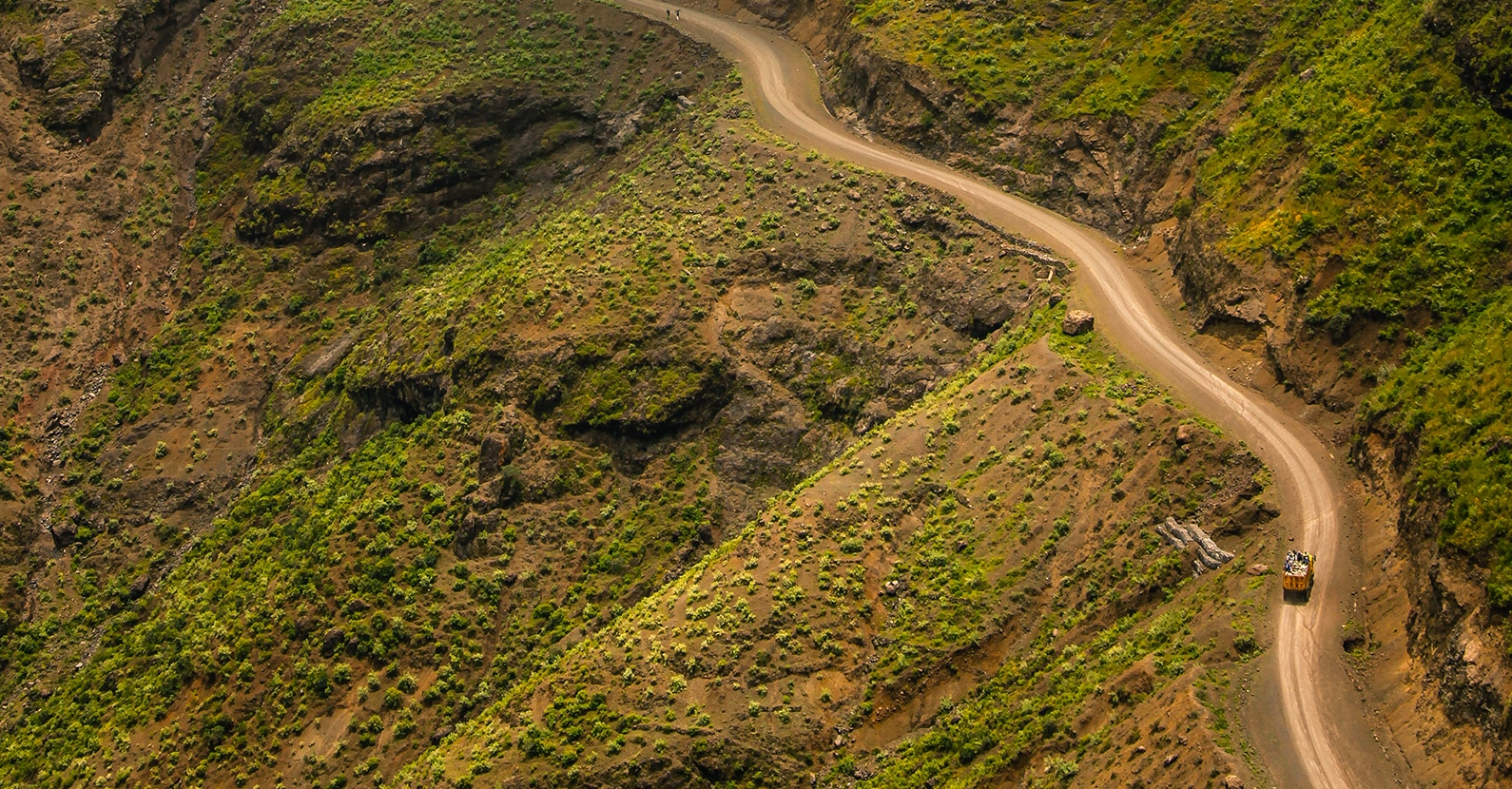
Whether you’re traveling to see the red chested gelada baboons, take a step back in time to visit the numerous historical sites or looking to get active and trek through the Simien Mountains — Ethiopia’s untouched landscapes are ready to be discovered. Ready to start planning a trip to Ethiopia? We thought so. Enquire with our Ker & Downey® Africa Adventurists to help you plan your trip.
Head office:
7 Bree Street, 6th Floor, Touchstone House, Cape Town, South Africa
+27 (0)21 201 2484
[email protected]
United Kingdom: Sportsman Farm, St Michaels, Tenterden, Kent
Ker & Downey® Africa is compliant with COVID-19 Industry Protocols.


Head office: 7 Bree Street, 6th Floor, Touchstone House, Cape Town, South Africa
+27 (0)21 201 2484
[email protected]
United Kingdom: Sportsman Farm, St Michaels, Tenterden, Kent
Ker & Downey® Africa is compliant with COVID-19 Industry Protocols.